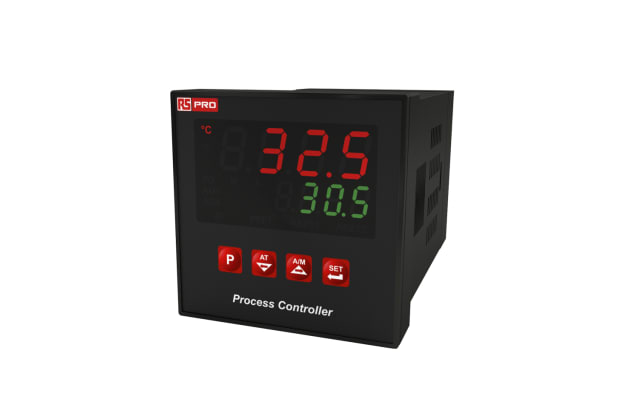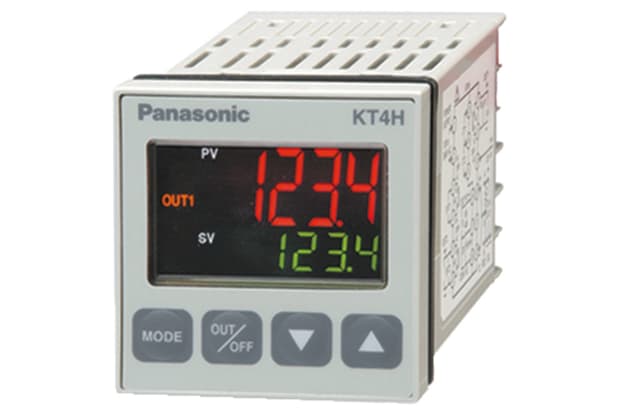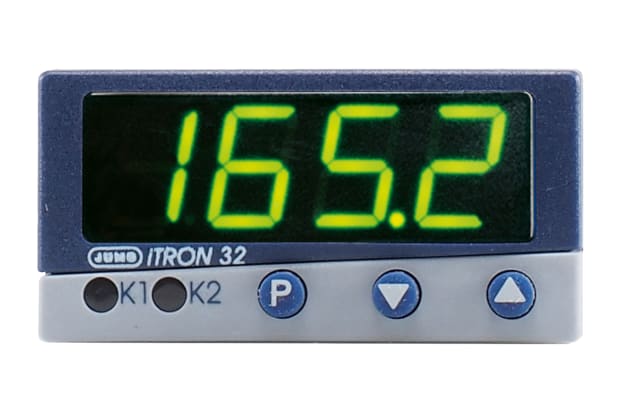- Published 17 Jan 2023
- Last Modified 29 Aug 2023
- 9 min
A Complete Guide to PID Temperature Controllers
In this guide, we’ll explain exactly what PID controllers are and how they work in day-to-day industrial use.

This guide is part of our Industrial Automation hub where you can discover more about AI, automation and control.
What is a PID Controller?

A PID controller is a device containing a control loop mechanism. These instruments can be used in industrial control applications to regulate a range of process variables including temperature, pressure and speed.
PID (Proportional Integral Derivative) controllers work by forcing feedback to match a desired setpoint through the use of a mathematical formula calculating the differential between the setpoint and the current state of the variable being monitored. The device then uses the results of this calculation to automatically compensate for detected changes in the system as needed, ensuring that the process variable remains as close to the required setpoint as possible.
The History of the PID Controller
Very early attempts at this continuous control of systems under load were seen as far back as the 1600s. One of the earliest examples was invented in the 17th-century when a centrifugal governor mechanism (based on rotating weights) was designed to compensate for increasing differential in rotation speeds between larger and smaller millstone wheels under higher loads.
In 1922, Nicolas Minorsky made a real breakthrough towards what we now recognise as true PID control. Minorsky's observations and mathematical treatment would eventually evolve to give us the electronic industrial control mechanisms widely used as PID systems today.
PID controllers are now used widely in many industrial processes and they have become some of the most common items of automation and control gear used across multiple sectors and industries. This is largely due to the fact that PID controllers are ideally suited to delivering dependable, robust performance across a broad spectrum of environments and applications. They are also inherently user-friendly and simple in terms of both design and operation.
What are the Different Types of Temperature Control Devices?
In order to learn more about PID temperature controllers, it’s helpful to understand how other types of temperature control devices function in order to highlight the key differences.
In the simplest terms, all temperature control devices effectively work in a similar way. Their core role is to monitor and calculate, via an ongoing series of measurements from a sensor such as a thermocouple, the precise difference between the operator’s desired process temperature (the setpoint) and the current process temperature at any given time.
To be able to perform automatic temperature adjustments, all control devices will require a form of controller module which allows them to calculate an appropriate response function based on the readout from the sensor. The resulting instruction is then output to the control element. This could be a heater, fans, a closed-loop liquid cooling system, or a combination of all three.
The key fundamental differences between various types of temperature control devices lie within the precise method in which they use and react to this sampled information and the steps that they then take in order to exercise their respective versions of temperature control. As a result, there are three core temperature control device types, as seen below:
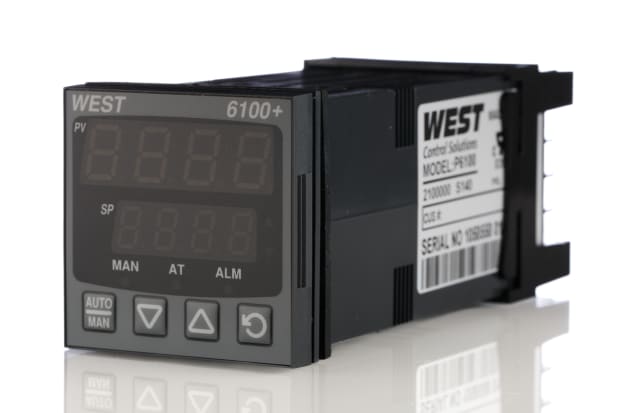
On-Off Temperature Controllers
- The device performs a basic, binary switching function (it’s either on or off) in order to help adjust process temperatures in response to sensor input
- These devices offer the simplest form of automated temperature control, and can only respond to the temperature crossing the setpoint one way or another
- As such, they are generally only used in systems where absolute precision is not crucial, or where temperature changes only tend to occur very gradually
- As the most basic form of automated temperature control, on/off devices often incorporate latching relay switches, which must be manually reset after they reach a specified shutoff temperature
- One problem that this type of temperature control can struggle with is rapid cycling between off/on states, triggered by the sensor registering borderline results as the temperature hovers very close to the setpoint
- To combat this, they can be engineered to include hysteresis, which in practice means that there is a built-in buffer zone to prevent the device chattering between on/off within a range of safe temperatures
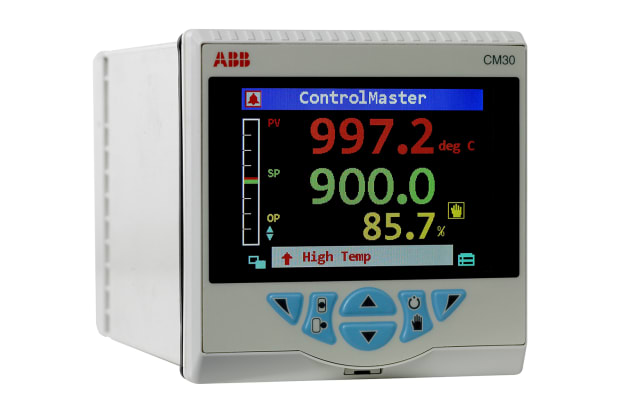
Proportional Temperature Controllers
- A proportional temperature control device takes a more sophisticated approach than simply relying on hysteresis to prevent device chatter between on/off states
- Instead, it is able to increase or throttle back power as required, in a ratio that matches the differential between the current process temperature and the setpoint
- For better efficiency and economy, this proportional control usually takes place only within a defined range of temperatures at either side of the setpoint
- Outside of this relatively narrow window, the device returns to a binary on/off operating model
- An inherent limitation of proportional controllers is that because they reduce their adjustment curve as the temperature approaches the setpoint, a precise zero differential is never actually reached
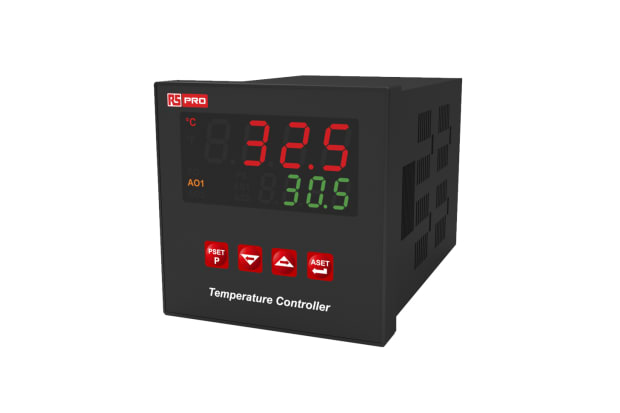
PID Temperature Controllers
- PID controllers take the proportional model one step further by incorporating proportional control alongside two other algorithms for adjustment, namely integral and derivative measurements
- In simple terms, the integral is the sum of all measurements taken over a specified time period. It works like an error average and helps to compensate for the drop-offs in proportional control
- The derivative is effectively the measured rate of temperature change and helps to fine-tune the integral to prevent overshoot
- PID temperature controllers can, therefore, offer a much more sensitive, versatile and reactive approach in reading and adjusting to measurements
- They are best used in systems where pinpoint accuracy is critical, or where low overall mass/volume in the system makes it more likely that problematic fluctuations will occur suddenly and frequently
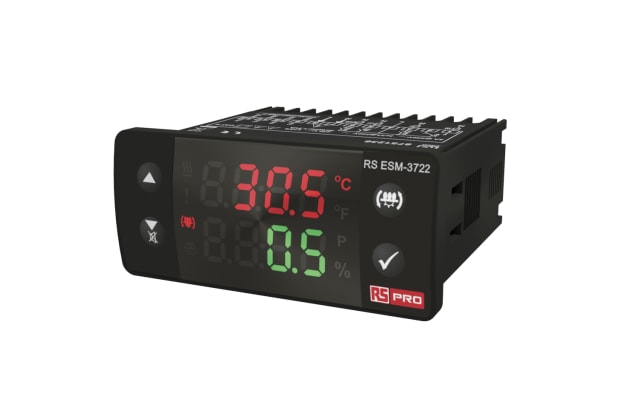
What are the Advantages of a PID Temperature Controller?
The key advantage of a PID temperature controller over standard thermistors, thermocouples and other temperature-monitoring/heating devices is that PID controllers are extremely effective at reacting to sudden disturbances and fluctuations in ongoing processes. These can have a dramatic impact on the quality of the product being measured or produced if left unchecked for any length of time, which is where a PID temperature controller comes in especially handy. These devices excel at dealing with such disturbances almost instantaneously.
Applications of PID Controllers
PID controllers are widely used in all manner of industries, sectors and applications.
In addition to being relatively easy to set and adjust, the accuracy of their control loop feedback mechanisms makes PID instruments highly effective at digitally tracking - and automatically regulating - various processes and environmental factors across a wide range of variables.
In fact, while this guide is specifically concerned with PID temperature controllers, the basic function of a PID device can be applied to a much broader spectrum of automation and control processes including flow rate, pressure, speed, frequency and more.
Temperature Control
As previously mentioned, the PID temperature controller shares certain characteristics with other types of temperature control device. In particular, it still takes its readings from a sensor (often a thermocouple or similar), and typically outputs instructions via a digital control component to a mechanical actuator device such as a heater or fan array.
The highly universal nature of this basic monitoring and adjustment model means that PID controllers have a broad spectrum of potential temperature control applications in many industries, including:
- Furnace and batch temperature control
- Curing and conditioning of various sheet materials
- Temperature-critical drying and evaporation processes
- Heat treatment and tempering of industrial parts and equipment
- Medical sciences and pharmaceutical development
- Food production and preparation
PID Controller Tuning
PID devices are typically shipped by their manufacturers with default settings programmed for the proportional, integral and derivative. Operators installing and using any type of PID instrument must first calibrate the device, making sure it is properly programmed and adjusted to suit the specific needs of the industrial process in question. This also includes ensuring that the environmental parameters that it is required to operate between are appropriate for the potential variables occurring within that process. Until this process has been completed, the PID controller cannot be left to automatically handle its assigned workload.
This is equally true for PID temperature controllers, and there are a number of different ways in which this tuning can be achieved. In practice, all the different methods aim for the same result, which is to adjust, or tune, each of the proportional, integral and derivative terms individually in order for the module as a whole to deliver the desired performance.
Simple trial and error is often viewed as the most practical method of tuning PID controllers for many systems and scenarios. It is based on installing the device in a working system and effectively zeroing out all the settings. The operator then begins with proportional value, adjusting the gain upward until it reaches a point where it is oscillating around the setpoint.
Once this state is reached - which would be unsatisfactory in an accuracy-critical system and exposes one of the key limitations of proportional-only temperature control devices - the values for integral and derivative can be adjusted respectively. The former, if done correctly, should start to limit the oscillation rate down to almost zero, whereas the latter will increase response speed as optimum settings for the system and device type installed are neared.
An alternative to trial and error is the Ziegler-Nichols method. This approach involves observation of both continuous cycling and damped oscillation under a closed-loop system. However, this method has certain limitations and many operators still prefer to use trial and error to achieve their desired results.
Popular Brands
PS Pro
PID temperature controllers from RS Pro are ideally suited to a vast range of applications. View our full range here.
Omron
Explore the extensive range of PID temperature controllers available from leading brand Omron and shop online today.
Panasonic
Browse PID temperature controllers from Panasonic, with devices suitable for a wide range of industrial applications.
